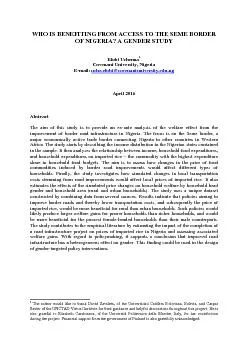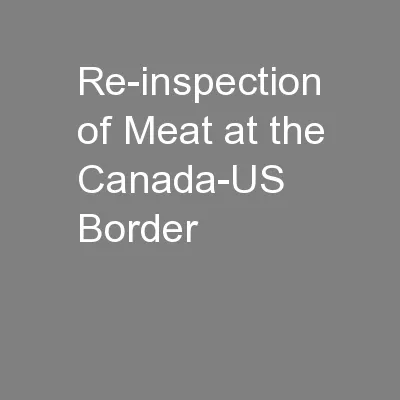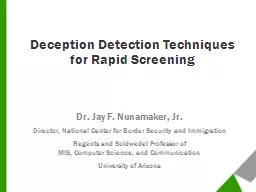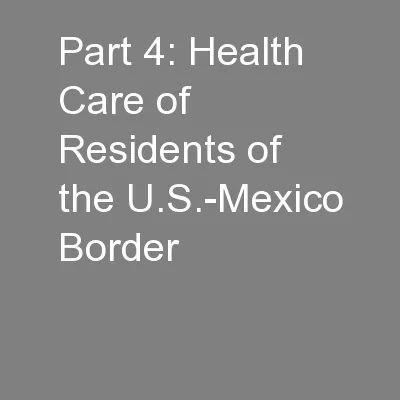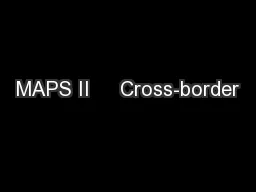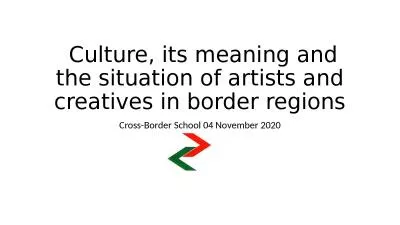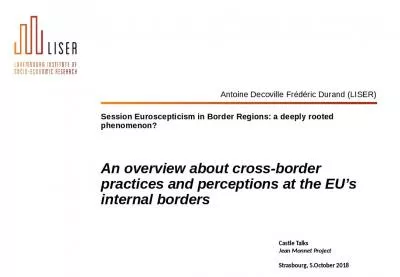PDF-WHO IS BENEFITING FROM ACCESS TO THE SEME BORDER
Author : fanny | Published Date : 2021-07-03
OF NIGERIA A GENDER STUDY Efobi Uchenna 1 Covenant University Nigeria E mail ucheefobicovenantuniversityedung April 2016 Abstract The aim of this study is to provide
Presentation Embed Code
Download Presentation
Download Presentation The PPT/PDF document "WHO IS BENEFITING FROM ACCESS TO THE SEM..." is the property of its rightful owner. Permission is granted to download and print the materials on this website for personal, non-commercial use only, and to display it on your personal computer provided you do not modify the materials and that you retain all copyright notices contained in the materials. By downloading content from our website, you accept the terms of this agreement.
WHO IS BENEFITING FROM ACCESS TO THE SEME BORDER: Transcript
Download Rules Of Document
"WHO IS BENEFITING FROM ACCESS TO THE SEME BORDER"The content belongs to its owner. You may download and print it for personal use, without modification, and keep all copyright notices. By downloading, you agree to these terms.
Related Documents

